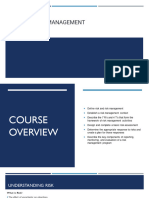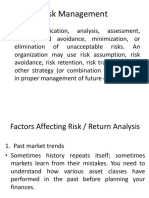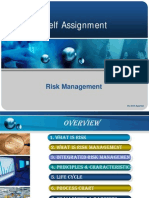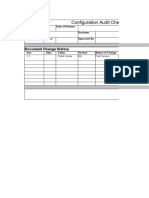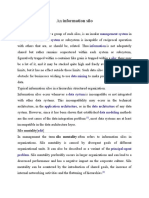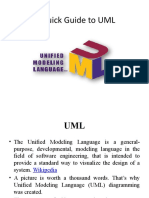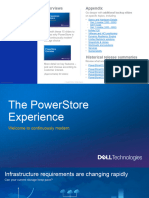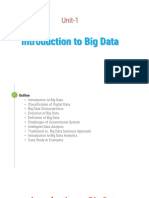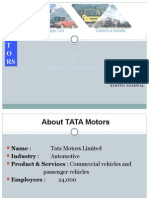0% found this document useful (0 votes)
32 views21 pagesUnit III Notes
Unit III focuses on Security Risk Management, detailing the risk management lifecycle which includes stages such as risk identification, analysis, mitigation planning, implementation, and monitoring. It emphasizes the importance of understanding risk profiles for individuals and organizations, as well as the calculation and management of risk exposure. The document also outlines risk evaluation and mitigation strategies specifically for secure software engineering, highlighting best practices to minimize vulnerabilities.
Uploaded by
connectpriya23Copyright
© © All Rights Reserved
We take content rights seriously. If you suspect this is your content, claim it here.
Available Formats
Download as DOCX, PDF, TXT or read online on Scribd
0% found this document useful (0 votes)
32 views21 pagesUnit III Notes
Unit III focuses on Security Risk Management, detailing the risk management lifecycle which includes stages such as risk identification, analysis, mitigation planning, implementation, and monitoring. It emphasizes the importance of understanding risk profiles for individuals and organizations, as well as the calculation and management of risk exposure. The document also outlines risk evaluation and mitigation strategies specifically for secure software engineering, highlighting best practices to minimize vulnerabilities.
Uploaded by
connectpriya23Copyright
© © All Rights Reserved
We take content rights seriously. If you suspect this is your content, claim it here.
Available Formats
Download as DOCX, PDF, TXT or read online on Scribd
/ 21







